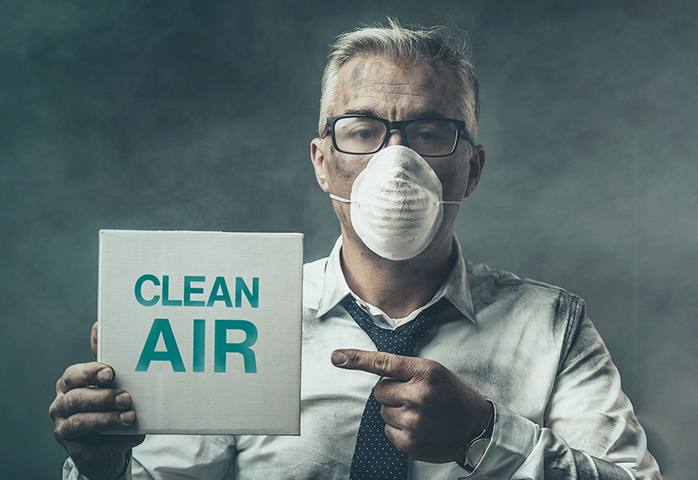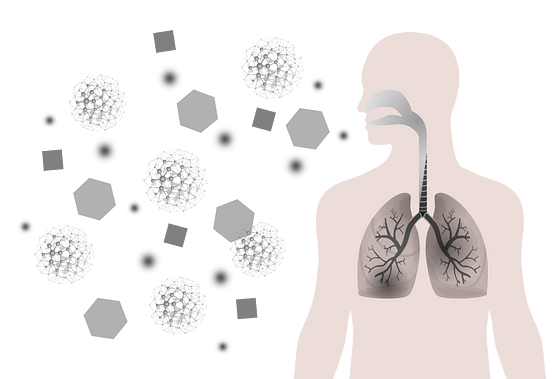There's no way to stop dust from accumulating in the air at your workplace. But just because it's there doesn't mean you should let it cause a problem. Here's what you need to know about how to get rid of dust the air, and why leaving it to linger can cause serious health hazards.

To the naked eye, all dust might look the same. But there are many different types of dust, all generated from different sources. No matter where dust particles in the air come from, they can be a serious problem, particularly when they are so light that they float in the atmosphere for hours before landing on surfaces.
Below are just a few common causes of dust in the air:
The most dangerous types of dust are the smallest kinds, known as fine dust, which are so tiny they are often completely invisible.
Getting rid of dust in the air is no easy task, especially if you don't have the right equipment. Because dust particles come in so many sizes, businesses need air purifiers that have a variety of filters for specific types of pollutants. Zehnder Clean Air Solutions is here to help: We not only offer the best industrial air cleaners, but we also take care of installation, monitoring, and maintenance as long as you have your filters in place. We haven't met a dust problem we can't solve, so why not reach out and meet with one of our experts today?
There are many different types of dust. Here are some of the common particles that may be in the air you breathe at work:

Dust is made up of tiny particles that can cause big problems. In fact, smaller particles often are greater health hazards, because they can make their way into our lungs, sinuses, or even our bloodstreams.
To truly understand the dangerous dust at your workplace, consider how long you and your coworkers are exposed. Long-term exposure to fine and ultrafine particles (PM2.5 and smaller) may cause serious health problems. Inhaling PM1 dust over a long period of time may even cause organ damage.
Want to protect yourself, your colleagues, and your business from harmful dust in the air? We'll be happy to help you find the right air purification system to capture every type of particle before any damage is done. Get in touch with one of our experts today.
To complete your subscription to our newsletter, simply click on the link in your inbox. If you don't receive anything, check your spam folder to be sure.